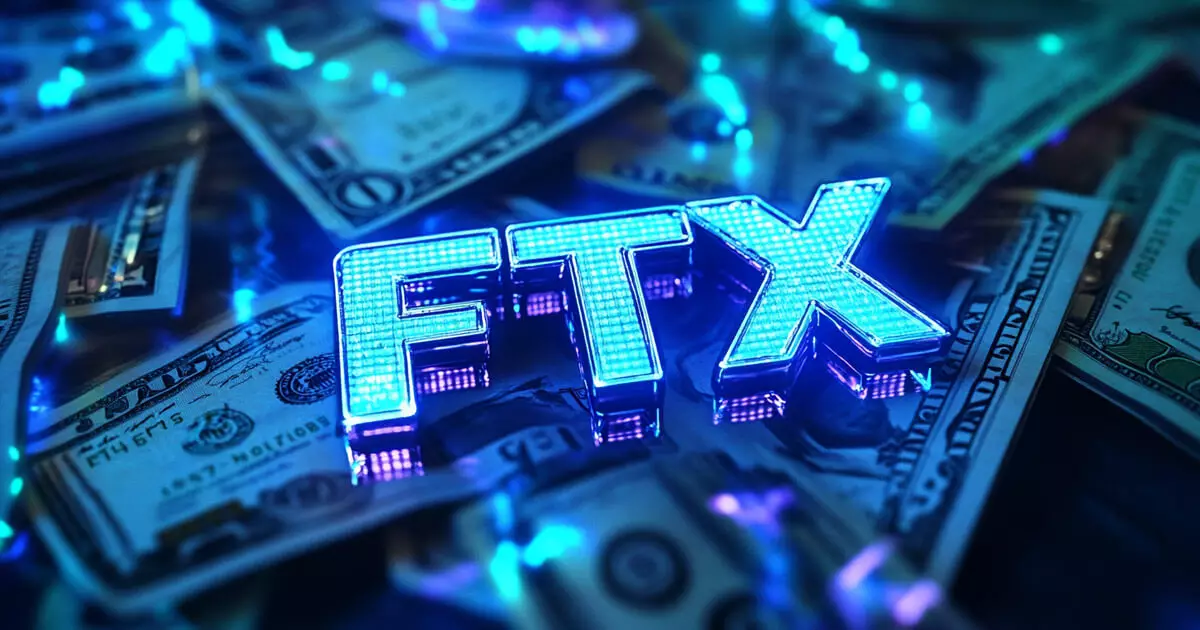The demise of FTX, a popular cryptocurrency exchange, marked one of the most significant scandals in the financial sector. Following allegations of financial misconduct, FTX filed for Chapter 11 bankruptcy in November 2022. The fallout from this event has been drastic, affecting countless users and investors across the globe. Former CEO Sam Bankman-Fried’s claims of FTX being solvent yet illiquid add layers of complexity to an already convoluted situation. With numerous creditors awaiting compensation, the pathway to resolution is fraught with challenges, particularly those stemming from geographical restrictions.
Sunil Kavuri, a noted representative of the FTX Creditors’ group, shed light on the considerable plight of creditors from various nations, including Russia, China, Egypt, Nigeria, and Ukraine. These regions contribute a significant percentage to FTX’s user base, yet they have been excluded from the initial distribution rounds of reimbursements. Kavuri revealed that, intriguingly, Chinese creditors alone account for about 8% of total claims against FTX, a substantial figure considering the ongoing distributions are circumventing them.
The reasons behind this exclusion, however, remain murky. Kavuri hinted that FTX’s management is in discussions regarding potential solutions, hinting at a ray of hope for these struggling creditors. However, the lack of specificity only fuels frustrations among users who have been left in limbo since the bankruptcy announcement.
On February 18, 2023, FTX began its first round of payments to smaller creditors, but those in restricted countries have yet to see any funds. The absence of services such as Kraken and BitGo in many of these territories adds a layer of complexity and has raised questions regarding the efficiency of payment distributions. Despite the presence of some Egyptian creditors with Kraken accounts, these individuals are still unable to access their reimbursements. This inconsistency in eligibility casts doubt on the rationale behind the exclusion of certain creditor groups.
Arjun Sethi, co-CEO of Kraken, confirmed that over 46,000 claimants received their funds during the initial round of payments. This effort primarily targeted smaller creditors—those holding approved claims under $50,000, who benefited not only from the reimbursement but also from an additional 9% interest accrued since the bankruptcy filing. Larger creditors, specifically those with claims exceeding $50,000, are still left waiting, with no definite timeline provided for when they might receive their due.
The FTX scandal has starkly illustrated the necessity for increased accountability, security, and transparency within the cryptocurrency industry. Sethi’s remarks underscore a pressing need for exchanges to implement proof of reserves to build trust among users, unlike FTX, whose failure has shaken investor confidence. As creditors continue to wait for their funds and the situation evolves, it is crucial for affected users to remain informed about ongoing developments in the compensation process.
The path to resolution for FTX creditors, particularly those in excluded regions, may remain long and complex. However, the efforts undertaken by FTX’s management to seek solutions provide some measure of hope in an otherwise distressing scenario. It serves as a reminder of the importance of robust regulatory frameworks to safeguard users and ensure that similar catastrophes do not repeat themselves in the realm of cryptocurrency trading.

